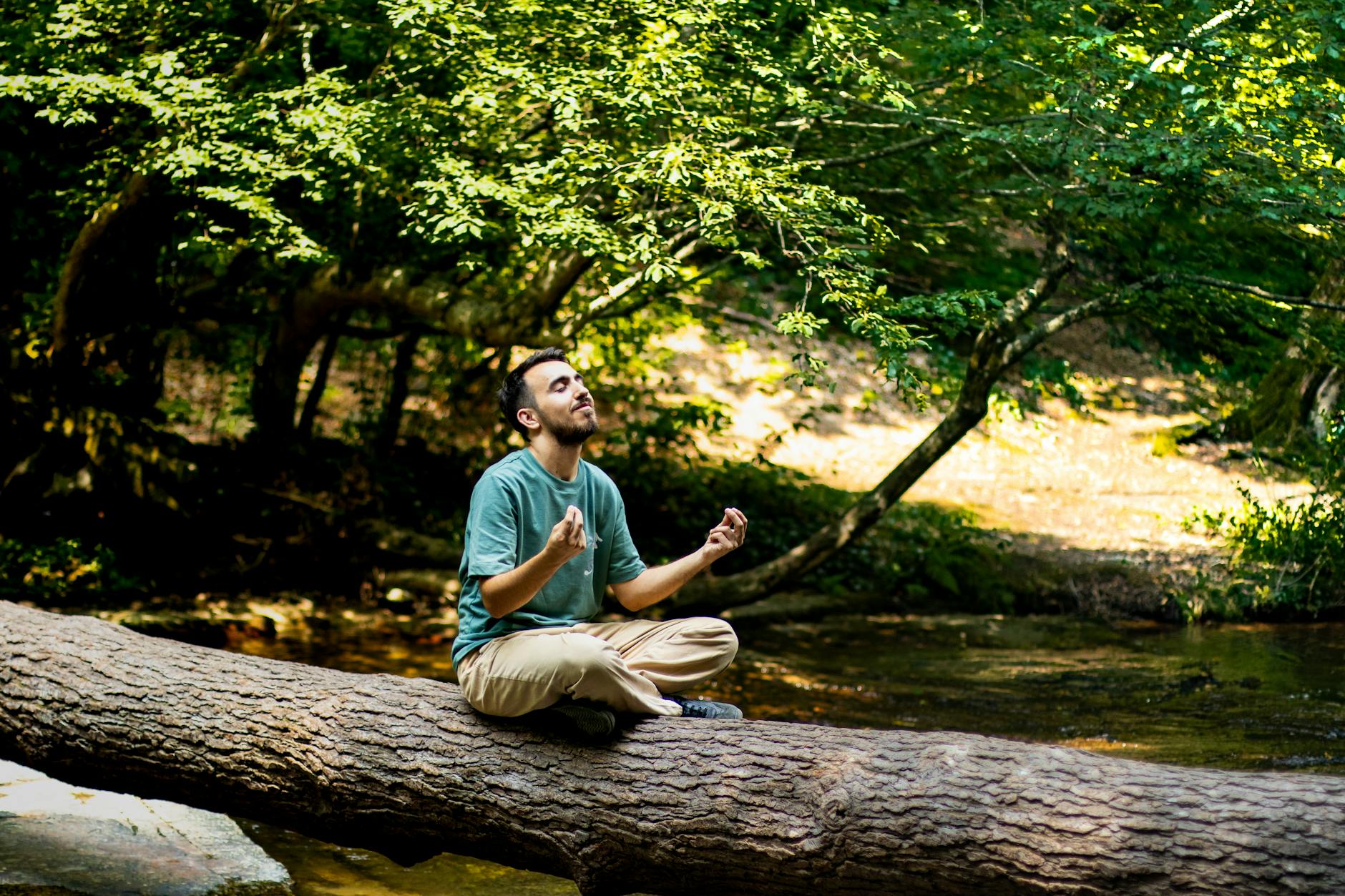As a parent, keeping your little ones safe and healthy is always your top priority. One of the easiest yet most crucial steps in protecting your child’s skin is by applying sunscreen. While the sun is a source of life, it can also cause serious damage, especially to the delicate skin of children. This blog will guide you through everything you need to know about sunscreen for kids, how to keep them safe in the sun, and why it’s so important.
Why Sunscreen for Kids is Important
Children have much thinner and more sensitive skin compared to adults, which makes them more susceptible to harmful UV rays from the sun. Prolonged sun exposure can lead to sunburns, premature aging, and even skin cancer later in life. The importance of protecting their skin at an early age cannot be overstated.
Sunscreen acts as a barrier between your child’s skin and the sun’s harmful ultraviolet (UV) radiation. It absorbs or reflects these rays, preventing them from penetrating the skin and causing damage. By applying sunscreen regularly, you reduce the risk of your child experiencing sunburns or developing long-term skin issues.
How to Choose the Right Sunscreen for Your Child
Not all sunscreens are created equal, especially when it comes to children’s sensitive skin. It’s important to choose a sunscreen that is both safe and effective. Here’s what to look for:
- Broad Spectrum Protection: Ensure the sunscreen offers broad-spectrum protection, which means it shields against both UVA and UVB rays. UVA rays contribute to premature aging, while UVB rays cause sunburns.
- SPF 30 or Higher: The American Academy of Dermatology recommends using a sunscreen with an SPF of at least 30. Higher SPF levels provide more protection but remember that no sunscreen can offer 100% protection.
- Water Resistance: If your child is swimming or sweating, choose a water-resistant sunscreen. It’ll stay on longer and provide continuous protection.
- Gentle Formulas: Look for sunscreens designed for sensitive skin. These are often fragrance-free, paraben-free, and free of harmful chemicals. Mineral-based sunscreens with zinc oxide or titanium dioxide are usually great options for kids.
- Avoid Aerosol Sprays: While aerosol sunscreens may seem convenient, they can be difficult to apply evenly and can be inhaled, which is harmful. Stick to creams or lotions instead.
How to Apply Sunscreen Properly
To ensure your child is properly protected, it’s important to apply sunscreen correctly:
- Apply 15-30 Minutes Before Sun Exposure: Sunscreen needs time to absorb into the skin to be effective. Apply it at least 15 minutes before your child goes outside.
- Use Generous Amounts: Many people don’t apply enough sunscreen, which reduces its effectiveness. Use about a shot glass-sized amount (approximately 1 ounce) for your child’s body and a nickel-sized amount for their face.
- Reapply Regularly: Sunscreen wears off after a few hours, especially if your child is swimming, sweating, or wiping their face. Reapply every two hours and immediately after swimming or sweating.
- Don’t Forget Ears, Neck, and Feet: Often, these areas are neglected, but they are just as vulnerable to sunburns. Be sure to apply sunscreen on these spots as well.
Additional Tips for Keeping Your Kids Safe in the Sun
While sunscreen is an essential part of sun protection, there are other ways to keep your little ones safe under the sun:
- Seek Shade: Encourage your child to play in the shade, especially during peak sun hours, which are typically between 10 a.m. and 4 p.m.
- Dress for Sun Protection: Choose lightweight, long-sleeve shirts, hats with brims, and sunglasses with UV protection for your child to provide extra protection.
- Stay Hydrated: Sun exposure can lead to dehydration. Be sure your child drinks plenty of water throughout the day, especially when playing outside in the heat.

Sunscreen for Kids: The Best Products to Use
When shopping for sunscreen, you want products that are both safe and effective. Some of the top-rated sunscreens for kids include:
| Sunscreen Brand | SPF | Features | Recommended for |
|---|---|---|---|
| Neutrogena Pure & Free Baby | SPF 50 | Mineral-based, hypoallergenic | Sensitive skin babies |
| Aveeno Baby Continuous Protection | SPF 50 | Broad spectrum, tear-free formula | All skin types |
| Blue Lizard Baby Sunscreen | SPF 30 | Mineral-based, water-resistant | Babies and toddlers |
| Badger Baby Sunscreen | SPF 30 | Certified organic, free of synthetic chemicals | Eco-conscious parents |
| Thinkbaby Safe Sunscreen | SPF 50+ | High SPF, reef-safe, non-toxic | Kids with sensitive skin |
Each of these sunscreens has been tested for children’s skin and offers excellent protection from harmful UV rays.
FAQs About Sunscreen for Kids
Q1: At what age can I start using sunscreen on my baby? A1: It’s safe to use sunscreen on babies over 6 months old. For babies under 6 months, avoid direct sun exposure and dress them in protective clothing instead.
Q2: How often should I reapply sunscreen on my child? A2: Sunscreen should be reapplied every two hours, or immediately after swimming or sweating. This ensures continuous protection.
Q3: Is sunscreen safe for my child’s sensitive skin? A3: Yes, but make sure to choose a sunscreen specifically formulated for sensitive skin. Opt for mineral-based sunscreens with ingredients like zinc oxide or titanium dioxide.
Q4: Can sunscreen cause allergic reactions in children? A4: While rare, some children may have reactions to certain ingredients. If your child experiences irritation or redness, try switching to a different brand or formula. Always do a patch test first.
Q5: Can sunscreen expire? A5: Yes, sunscreen does expire. Always check the expiration date on the bottle. Sunscreen that has expired may not provide effective protection.
Conclusion
Sunscreen for kids is an essential part of protecting their skin from the sun’s harmful UV rays. By choosing the right sunscreen, applying it properly, and combining it with other sun safety measures, you can ensure your child has fun outdoors while staying safe. Remember, skin protection is important for your child’s health, and starting sun protection early can prevent long-term damage.
For more tips on health and wellness, visit our blog at Healthy Vibe Hub.

